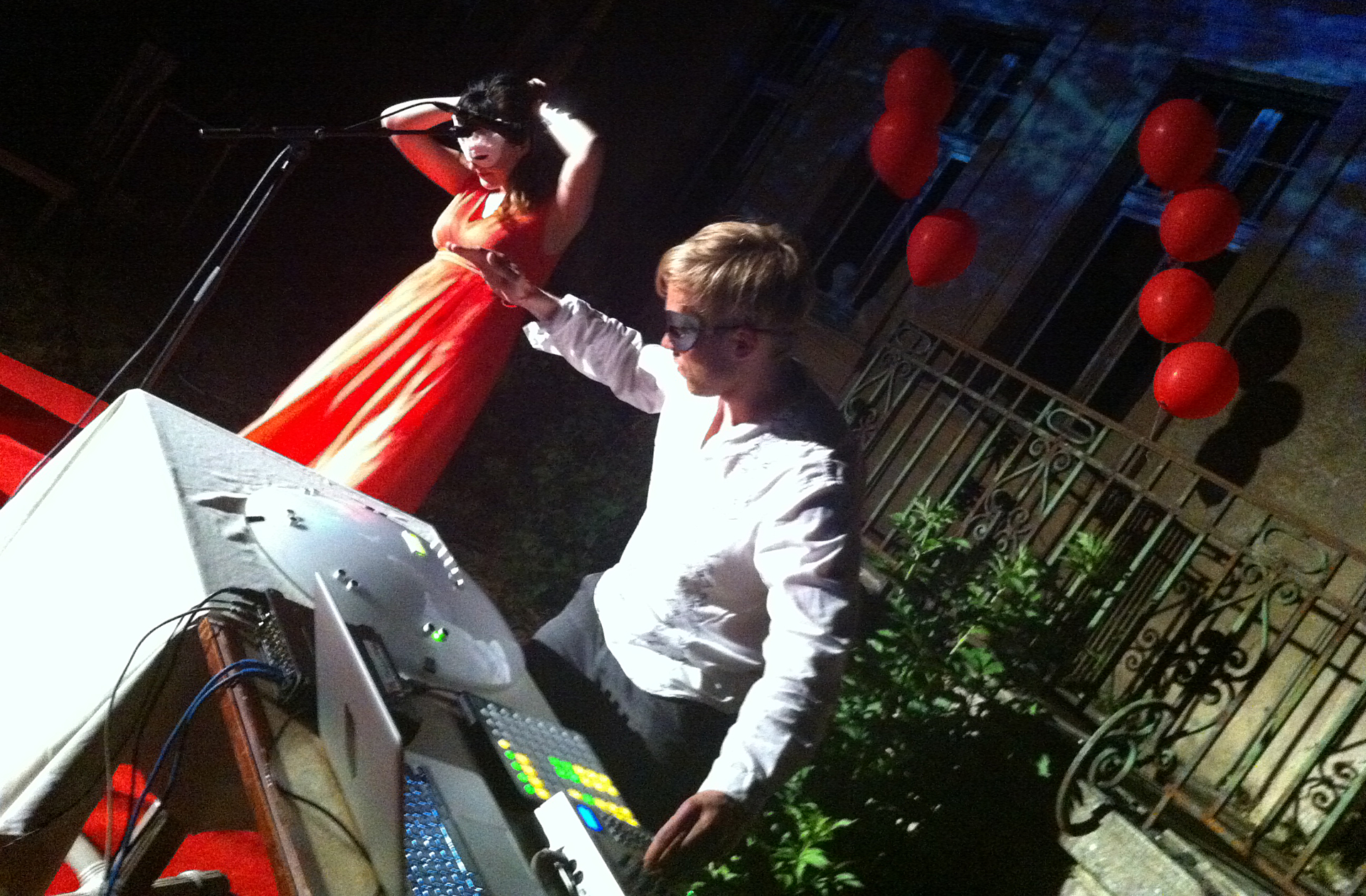
03 Jul Peace, Love and the Global Economy
Conferences are “stuff” which serves many purposes for the World’s creative business elite. The best ones combine a high-octane dose of inspiration with a chance to gaze into crystal balls deftly handled by the high priests of this large amorphous circle, the designers and consultants who shape consumer dreams of tomorrow (or maybe ten or twenty years hence) and the technologists who, by stretching the horizons of technology with their vision write the software and invent the materials which will make it possible for those dreams to be turned into commercial reality.
A vital ingredient of this “stuff” is the building and care of personal connections which bind startup founders with performance artists, software developers with strategy consultants, eccentric investors with advertising gurus and sound designers with automotive engineers (and many more, besides.) This creative elite represents the advance guard of today’s business world and multi-disciplinary gatherings are its playground, research field, cross-pollination lab, parade ground, mating festival and ritual gathering of the tribe.
Without those personal connections the strength of this group would be much diminished, its members reduced to a status of “content providers” or “graphic artists”, and the business world would be turning them into increasingly slavish completers of tasks – forgetting at its own peril that it is these very people who ensure its long term survival. (This endless struggle is one of the large ironies of the business world, but that is for another post.) With the personal connections in place, however, the group becomes the power train of tomorrow’s commercial world, and its members in turn hitch their own career wagons to it.
Having just had a chance to learn, horse-trade, story-swap, spark ideas, show off and party at the invitation of the organisers of MLOVE, I must confess a growing fondness, nay, weakness for small, highly focused but broad-ranging, well-run and intensely personal conferences. These gatherings tend to become a natural hub for the communities of like-minded individuals who come together in the gravitational pull of a promise of creative excellence, serendipity and commercial opportunity. I’m a junkie for high-grade conversation. There, I said it.
MLOVE is a mobile-centric conference but don’t let that fool you into thinking that it’s an event for Vodafone executives and handset manufacturers. Yes, they were there of course but “Mobile” is now the topic on the lips of power brokers, ad men and branding directors everywhere, and it has more to do with life than with technology, Not surprisingly, so did the conference.
The gathering takes place annually in a tastefully dilapidated castle a couple of hours south of Berlin. The fact that the location is removed from city bustle and participants are therefore kettled in the cozy but intense atmosphere, serves to concentrate the mind and infuse the air with a fragrance of purposeful conversations. I have been to a multitude of events and I have to say, the relatively small size and the personal lean of MLOVE make it stand out by a country (ahem) mile.
Selection of speakers is always a major issue for any serious event. Here, the consistently high quality and wide range of presentations were impressive. Design visionaries, global educators and high-flying strategists tend to naturally have a whiff of the stratospheric about them of course, but what was more impressive was the ease with which all of these accomplished individuals were happy to discuss their failures as well as their successes once the presentations were over. By far the most valuable aspects were the conversations which ensued with everyone happy to take off their suits of armour and engage in an atmosphere of potential vulnerability which, I’m sure, led to many exchanges on levels not usually encountered at professional conferences.
And then there were the, dare I use the word, workshops… Two formats were offered – both “structured but loose” – Open Spaces (themed discussions about topics at the intersection of technology, sociology, commerce and creativity) and Future Cubes – in essence brainstorming sessions trying to envision possible scenarios for the lives of individuals in the 2020′s.
I won’t delve into the details of these since this falls into the “you needed to be there” category – otherwise it may all end up sounding somewhat incoherent at best. I have to say, however, that I was fascinated by how all teams (nine or ten of them) naturally chose the same format to present their Future Cubes ideas – that of a narrator and a troupe of actors. Organic, ancient storytelling is the natural go-to solution when we are free to select any solution. Truly an eye-opener. One team was complete with a Greek Chorus, though sans singing. (And this will be the one and only time I will have been seen in public wearing a crown on my head. Don’t ask.)
Ultimately, gatherings such as this serve many purposes but one clearly stands out from others, for me at least – the opportunity to swap ideas and discuss opportunities with people who, though coming from as far as Japan, New Zealand and Texas, are essentially much the same as me and face much the same challenges in their professional lives. An encouraging thought.


